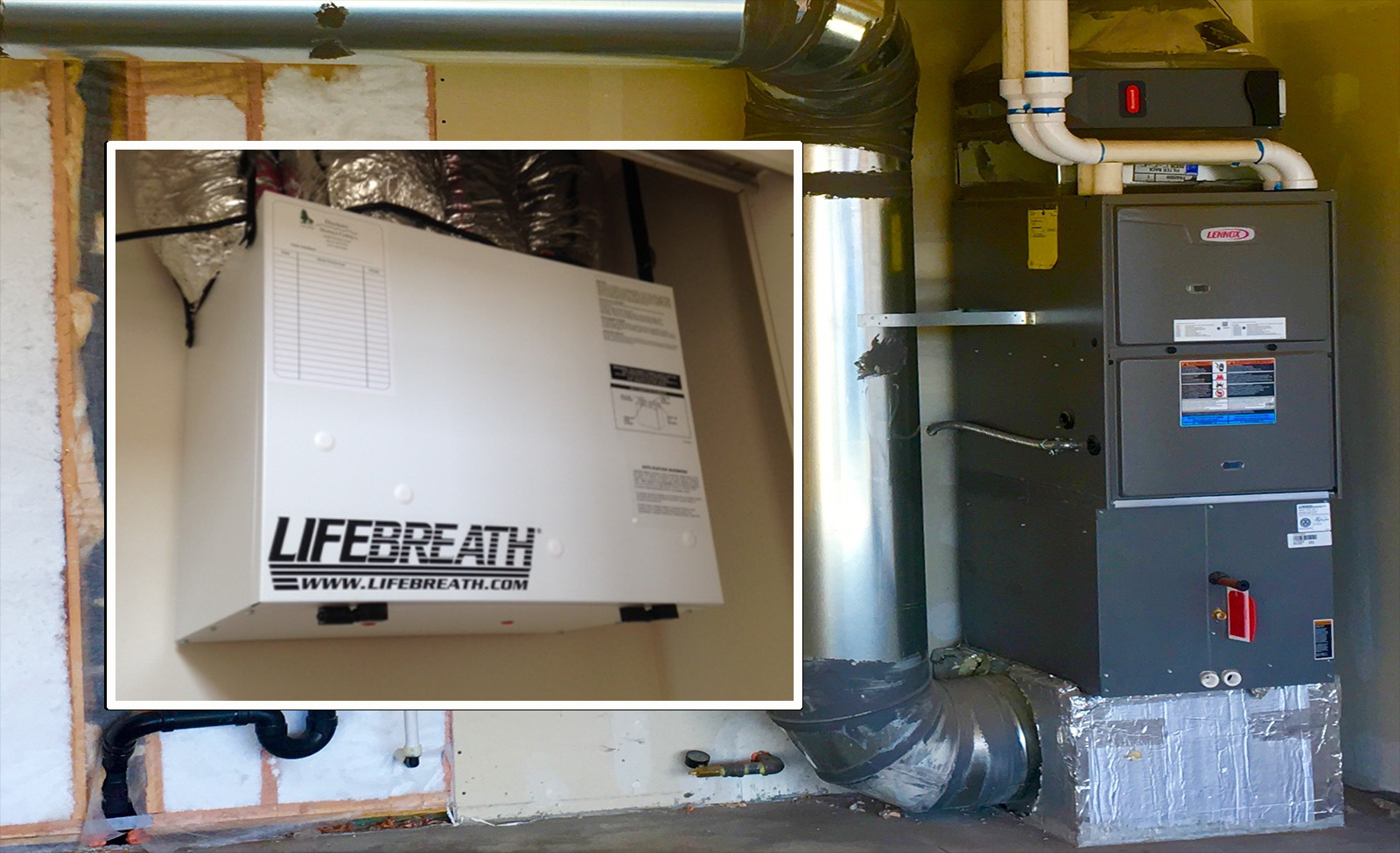Simple Tips to Maximize HRV Efficiency
Wiki Article
Discovering the Conveniences of Heat Recovery Ventilation for Energy Performance in Houses
Heat Recovery Ventilation (HRV) systems offer homeowners a practical approach to enhancing energy effectiveness. By redeeming warm from outbound air, these systems can considerably minimize cooling and heating prices. In addition, they supply a constant supply of fresh air, boosting indoor air quality and comfort degrees. As homeowners think about lasting options, comprehending the subtleties of HRV systems comes to be increasingly important. What variables should one assess prior to making such an investment?Understanding Heat Recovery Ventilation Systems

How HRV Improves Indoor Air Quality

Energy Financial Savings: The Monetary Benefits of HRV
Making the most of energy efficiency, heat recovery ventilation Check This Out (HRV) systems provide substantial financial benefits for homeowners. By recovering and reusing heat from exhaust air, HRVs noticeably minimize heating & cooling prices. This technology can lead to power cost savings of up to 30%, depending on environment and usage patterns. Homeowners usually observe reduced energy bills soon after installation, making HRVs an economically wise financial investment over time. Furthermore, numerous regions offer incentives or refunds for energy-efficient upgrades, even more boosting the financial allure. As energy costs continue to climb, the cost-effectiveness of HRVs ends up being significantly clear. In general, the consolidation of HRV systems not only advertises energy effectiveness yet also adds to lasting financial savings for homes.The Environmental Effect of Heat Recovery Ventilation
A this contact form significant ecological advantage of heat recovery ventilation (HRV) systems depends on their capability to reduce general power intake. By redeeming warm from exhaust air and moving it to incoming fresh air, HRV systems reduce the demand for energy-intensive home heating and cooling down approaches. This reduction in power need adds to reduce greenhouse gas exhausts, as much less nonrenewable fuel source is needed to keep comfortable indoor temperature levels. Additionally, HRV systems improve interior air quality by efficiently exchanging stagnant air with fresh exterior air, decreasing reliance on mechanical air conditioning systems that can damage the atmosphere. Generally, the execution of HRV systems sustains sustainable living techniques and straightens with global efforts to fight climate modification by promoting energy performance in property settings.
Selecting the Right HRV System for Your Home
Just how can home owners ensure they pick the ideal heat recovery ventilation (HRV) system for their needs? Initially, they must examine their home's size and layout, as these factors influence air flow demands. Next, assessing the system's efficiency ratings is crucial, as greater rankings show better performance and power cost savings. House owners should also think about setup and maintenance prices, comparing different brand names and versions for value. In addition, it's essential to examine noise degrees, as some systems run more quietly than others. Consulting with cooling and heating experts can offer tailored referrals based on specific home conditions. Checking out user testimonials and guarantees can aid in making a notified decision, making certain that the picked HRV system efficiently improves indoor air high quality and power effectiveness.Regularly Asked Concerns

How Usually Should I Tidy or Maintain My HRV System?
The regularity of cleaning or maintaining a warm recuperation ventilation (HRV) system normally depends on usage and ecological aspects. Normally, it is a good idea to execute maintenance every six months to ensure peak efficiency and air top quality.
Can HRV Solutions Assist Minimize Humidity Degrees Indoors?
HRV systems can successfully reduce interior moisture degrees by exchanging stale, humid my latest blog post air with fresh, drier air from outside. HRV Heat Recovery Ventilation. This process assists preserve a balanced interior atmosphere, boosting convenience and stopping moisture-related concerns
What Is the Life expectancy of a Normal HRV System?
The life-span of a common heat recovery ventilation (HRV) system differs, usually lasting between 10 to 15 years. Regular maintenance can expand its effectiveness and functional life, ensuring peak performance throughout its use duration.Exist Any Type Of Noise Worry About HRV Equipments?
Noise concerns with HRV systems can arise, particularly from fan operation. Several modern devices are made to minimize audio degrees, ensuring they run silently while preserving effectiveness, which attends to prospective disturbances in living atmospheres.Can I Mount an HRV System Myself, or Do I Required a Specialist?
The specific contemplated whether to set up the heat recovery ventilation (HRV) system personally or employ a professional. Typically, while do it yourself setup is possible, know-how assurances appropriate functionality and conformity with regional building regulations, improving system effectiveness.Report this wiki page